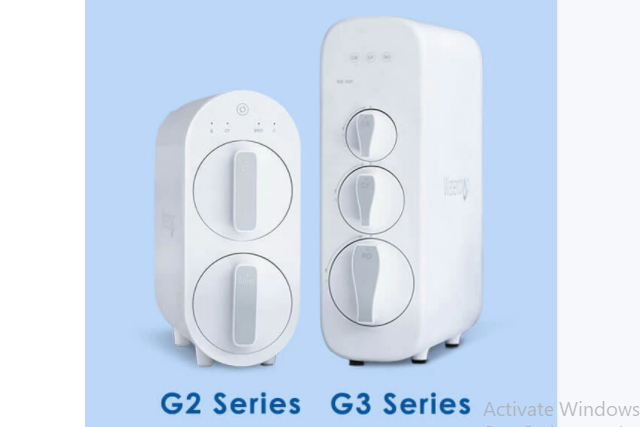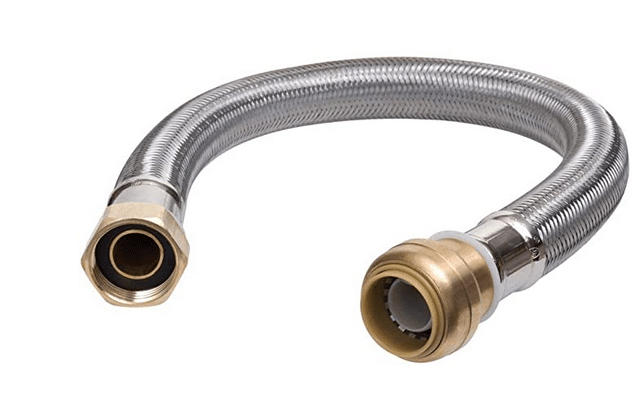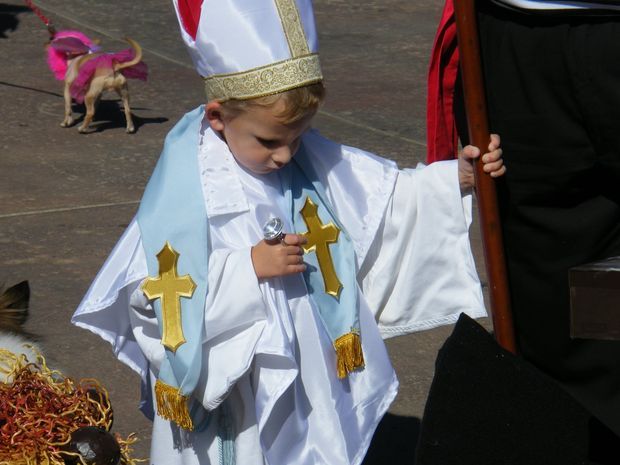How Does A 5 Stage Reverse Osmosis System Work?
Have you always wondered how 5 stages reverse osmosis system work in filtering water? Knowing this might help in decision making concerning the purchase and use of the filtration system
The reverse osmosis system gives you advanced water filtration, using carbon filtration. You can trust they give clean and drinkable water. It is a point of entry system, which is always active at the main water line that is coming into your house.
Use the Coupon Code DEAL30 to Have 30OFF on 5 Stage Waterdrop G2 Reverse Osmosis System. Click here
Why Should You Choose Reverse Osmosis System
There are reasons why you should consider using a reverse osmosis system. These reasons are tantamount to the benefits that come with using the system.
1. Effective in removing contaminants
If we discuss the benefits of the reverse osmosis system without talking about this, we have not done a good job then. The system can be used from a small scale to a large scale.
The system makes use of four or five stages of the filtration process to ensure that the water produced is clean. It removes contaminants like sodium, sulfate, calcium, mercury, lead, arsenic, fluoride, chloride, etc.
The system can be about 98% accurate, in removing contaminants from your water. With the reverse osmosis system, you can be sure that you are getting quality and drinkable water.
2. It is an efficient system
Don’t be surprised as this system is very efficient, and they don’t even use electricity. The only necessary need is getting the water pressure.
3. It saves you money.
You will be getting the purified water that you need without having to get the water delivery services, which will incur some expenses. The cost of maintenance of them is nothing compared to that expenses.
You can decide to just stop buying bottled water because the quality you get from the RO system is better than the bottled water.
4. It doesn’t use electricity
You won’t have to bother about the system using too much power which will incur electricity bills. The system does not need electricity to function.
5. Simple installation and simple maintenance
The installation is not hard, and might not need the service of a professional. The system does not have many moving parts that will need maintenance from time to time. It is also easy to clean it up and service
6. The system is automated
You don’t have much work, all the processes in the RO filtration system are fully automated.
Why You Should Not Choose Reverse Osmosis System
To create a balance and allow you to compare and contrast, to come to a good conclusion, you need to know the downsides that come with the reverse osmosis system.
-
The reverse osmosis system is expensive
You might need to consider your pocket if the system is one of your options. Unlike other alternatives that come at a very affordable price, the reverse system comes pretty expensively.
-
Consumption of water
During the process of filtration, the reverse osmosis system wastes a lot of water. You might need to consider that too. I need to clarify that it doesn’t waste water unnecessarily, but for the filtration purpose.
-
Space
To install the reverse osmosis system, you will need a lot of space created for it. Unlike other options, the system consumes status.
What Does a Reverse Osmosis System Remove?
I earlier established that the reverse osmosis system removes up to 98% of the contaminants in water. Even at that, it does not mean that it is capable of removing any contaminants. The system can remove dissolved solids like arsenic and fluoride from the membrane present in the reverse osmosis system.
It also has a carbon filter that can remove chlorine and improve the taste. Also, sediment filters to remove sediments, dirt, or debris.
The reverse osmosis system can remove contaminants including fluoride, silt, sediment, chlorine, arsenic, herbicide, pesticide, etc.
How Reverse Osmosis System Work
The reverse osmosis system exterminates contaminants like sediments and chlorine using a prefilter. After this, water is forced into a semi-permeable membrane to remove dissolved solids like arsenic and fluoride. Then, the water is passed through a postfilter to finish up the process before it goes on to be dispensed.
How 5 Stage Reverse Osmosis System Works

As I earlier stated, the system can either use 3, 4, or 5 phases to filter water. We will be focusing on the 5 stages of reverse osmosis. Here are the phases arranged in the order in which they occur:
-
Sediment prefilter
I’m sure you already figured out that this works for sediments. The sediment prefilter removes sediments, sand, dirt, rust, and other particles that are pretty small.
-
Carbon prefilter
This prefilter – an activated carbon prefilter works on removing or reducing anything that can cause bad smell and taste which include chlorine
-
2nd carbon prefilter
Just like the first activated carbon prefilter, this second carbon prefilter repeats the same thing with the same process by reducing anything that brings an unpleasant taste and smell.
-
Reverse osmosis membrane
This works primarily on dissolved solids like arsenic, radium, fluoride, lead, etc. It filters them out from the water.
-
Polishing filter
This is the final phase of the reverse osmosis system. The filter does a polishing job on the water to ensure that the water is clear.
Does Reverse Osmosis System Waste Water?
This is dependent on the angle at which you are viewing this question. I’d say that yes RO system may be wasteful, and no, it doesn’t.
Calling it a waste might not be right, because mostly, the system doesn’t waste the water unnecessarily. The water is removed in the process of filtration. Some RO systems might take up water than they should, either because of their quality or age.
Usually, reverse osmosis can take up to 3 gallons of water out of 4 gallons to produce 1 gallon of clean water. This is dependent on the RO system that you are using, and your water supply. If your water contains more contaminants, the system has to put in more work in removing the contaminant.
Other factors include the condition of the filters and the membrane, age of the reverse osmosis system, membrane recovery ratio, etc.







